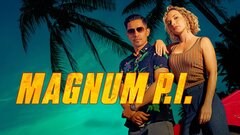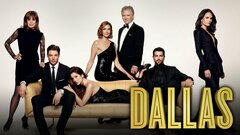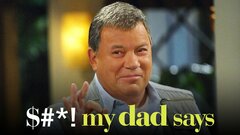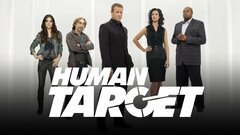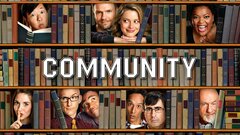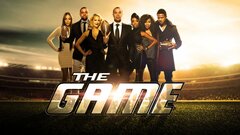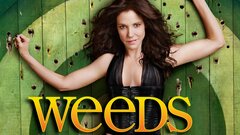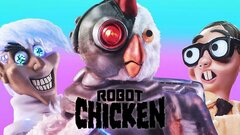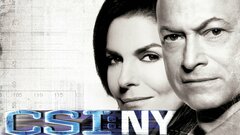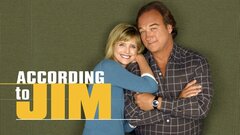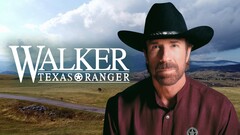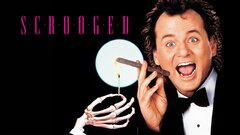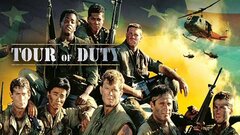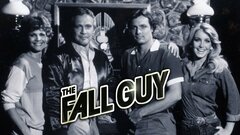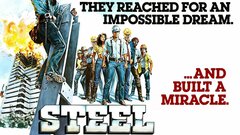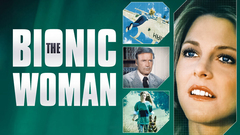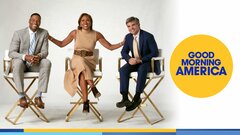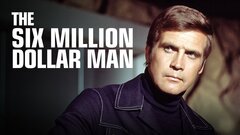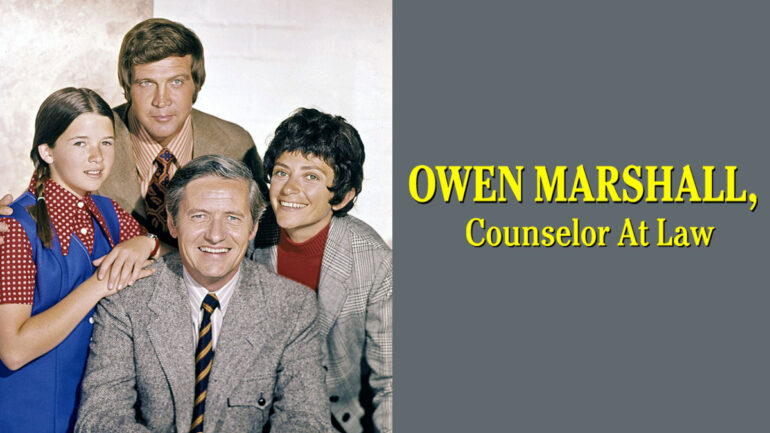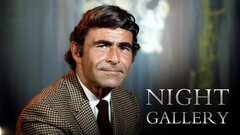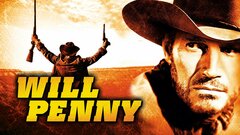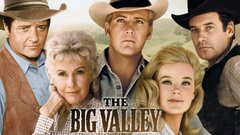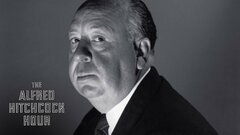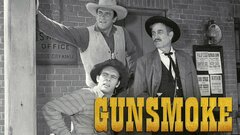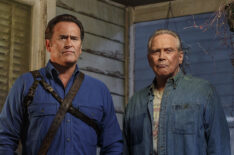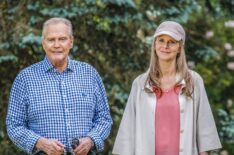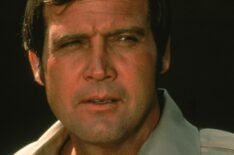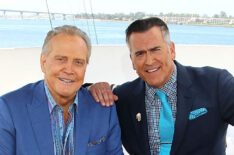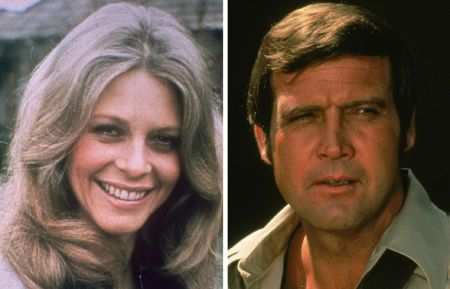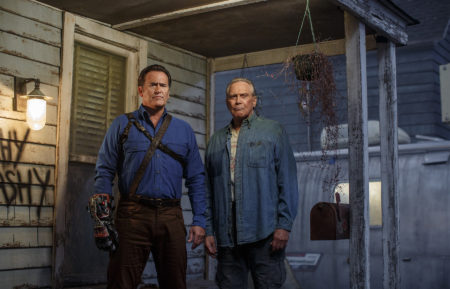A burgeoning heartthrob of 1960s television, Lee Majors would make it to the top of the world by the mid-1970s, earning a place in the pantheon of made-for-TV superheroes as "The Six Million Dollar Man" (ABC, 1974-78) and marrying arguably the most coveted woman in the world, Farrah Fawcett.
Majors arrived in public consciousness as the eerily Elvis Presley-resembling youngest sibling on ABC's Western series "The Big Valley" (1965-69) and after a couple of other supporting roles, the network vaulted him to superstardom as the cyborg U.S. agent Steve Austin. The short but popular run of "The Six Million Dollar Man" would see him fight spies, aliens and even the legendary Bigfoot, on the way to becoming the frontispiece of a merchandising bonanza that would anticipate the "Star Wars" licensed-products phenomenon but a few years later.
Though his ballyhooed marriage to Fawcett would end contentiously as both tried and failed to establish movie careers, Majors would bounce back on the lighthearted action series "The Fall Guy" (ABC, 1981-86), in which he portrayed a Hollywood stunt man who investigates crime on the side.
Though his later career would see him appear on television and in films often cast comically against his all-American nice-guy type, he would remain forever the Bionic Man to a certain generation. Majors would, himself, play up his status as a bygone icon of 1970s culture gamely and amicably throughout the balance of his career.
He was born Harvey Lee Yeary in Wyandotte, MI on April 23, 1939, though he would find himself orphaned at an early age. Eight months before his birth, his father, Carl Yeary, died in an industrial accident and, not long after Harvey's birth, a car accident would claim his mother. His aunt and uncle, Harvey and Mildred Yeary, adopted him and brought him to their Middlesboro, KY home. Going by his middle name, Lee grew up a scrawny kid until his adolescence when, upon discovery of his adoption, he began working out his insecurities by applying himself to sports.
Harvey excelled in basketball, track and football, with his proficiency in the latter earning him a scholarship to Indiana University. But two years later, his involvement in a frat house brawl led to expulsion from IU. He transferred closer to home, attending Eastern Kentucky University in Richmond, KY, where the rough-and-tumble sport took its toll; Majors at one point suffered a spinal injury that briefly paralyzed him and led to the diagnosis of a congenital misalignment of the spine, spondylolisthesis. He recovered well enough to play again and, upon graduation in 1962, fielded a tryout offer for the St. Louis Cardinals football franchise. However, Majors considered a career in professional sports too risky with his condition, not to mention the fact that he had already started a family. He had met Kathy Robinson in Richmond, married her in 1961, and had a son with her the next year. He tried his hand at a different extracurricular that year as both he and Kathy won parts in a play at the Pioneer Playhouse in nearby Danville. Having secured degrees in history and physical education, Majors moved the family to Los Angeles in 1963, where he took a job with the L.A. Department of Recreation and Parks, and picked up some work as a chauffeur.
The move took its toll, though, as the marriage foundered and Kathy left him, returning to Kentucky with their young son. As a handsome, strapping young man, he would soon find his way into show business. Majors took drama classes and occasionally the odd job doing movie stuntwork. With the help of a new acquaintance, Dick Clayton, the one-time agent of James Dean, he snared his first acting jobs, including a small role in the 1964 B-thriller "Strait-Jacket" starring screen legend Joan Crawford, and one-off parts on "The Alfred Hitchcock Hour" (CBS/NBC, 1962-65) and "Gunsmoke" (CBS, 1955-1975), choosing the screen name Lee Majors as an homage to his childhood idol, University of Tennessee football great Johnny Majors. He landed his first steady TV work on a Western series starring another great Golden Age star. Barbara Stanwyck played the unflappable matriarch of a California ranching clan, the Barkleys, on the Western series, "The Big Valley" (1965-69). Majors won the role of her clan's youngest, Heath, the bastard half-Native American progeny of her dead husband. The show made Majors an up-and-coming star and snared him his first movie role supporting Charlton Heston in the western "Will Penny" (1968). He was reportedly even primed for the role of Joe Buck in John Schlesinger's gritty Oscar-winning masterpiece "Midnight Cowboy" (1969), but his "Big Valley" contract prevented him from doing the film. Also in 1968, Majors met a model recently arrived in Hollywood from Texas, Farrah Fawcett, and the two began a relationship. When "Valley" ended, he joined another Western series, the long-running "The Virginian" (NBC, 1962-1971) for its final season. He next won a part as the legal assistant to the title character of "Owen Marshall: Counselor at Law" (1971), but a star vehicle, and then some, was in the offing.
After two seasons on "Marshall" and even crossover appearances as the same character on the popular "Marcus Welby, M.D." (ABC, 1969-1976), he was offered the lead role in an adaptation of the best-selling novel "Cyborg" (Warner, 1972). Premiering as a TV movie in March 1973 on ABC, "The Six Million Dollar Man" starred Majors as Steve Austin, an astronaut critically injured when his craft crashed, but was saved by being "rebuilt" with bionic parts and put to work as a super-agent for the U.S. government. Austin's first adventure drew big audiences, quickly prompting ABC to commission two follow-up films, "The Six Million Dollar Man: Wine, Women and War" (1973) and "The Six Million Dollar Man: Solid Gold Kidnapping" (1973), made even as he continued his work on "Owen Marshall." The sequels also introduced Austin's stalwart control agent Oscar Goldman (Richard Anderson). The inevitable hour-long action series bowed as a mid-season replacement show in January 1974 and became a massive hit, with Majors playing Austin as an amiable, everyday Joe thrust by circumstance into battles against enemy agents, criminal plots, aliens and even, in a recurring gimmick, Bigfoot. An oft imitated trademark of the show was the use of slow-motion and fast-motion effects, coupled with trademark "bionic" sounds to emphasize his bionic speed, strength and enhanced vision. Not surprisingly, "The Six Million Dollar Man" went over big with young boys, and Steve Austin action figures, lunchboxes, board games and other merchandise became big sellers, even as Anderson's weekly title-sequence voiceover became pop cultural canon: "Steve Austin: a man barely alive. We can rebuild him. We have the technology " Among Austin's onscreen romances, Majors' new real-life wife, now known professionally as Farrah Fawcett-Majors, made four appearances on the show and Lindsay Wagner did a turn as Jaime Sommers, a female cyborg to whom Austin becomes engaged, only to have her body tragically reject her cybernetics. She would be resurrected, however, for the series inevitable "The Bionic Woman" (ABC, 1976-78), with occasional heroic assists from Austin.
Between Majors' superheroics and Fawcett's ascent via "Charlie's Angels" (ABC, 1976-1981) as TV's foremost pin-up, the two became ABC's power-couple, which they soon leveraged with producers; Majors attempted a much-publicized holdout on his contract at the beginning of the 1977 season, while Fawcett left "Angels" after the first season, convinced a bigger movie career was in the offing. Though Majors received a boost in salary and went back to work, his show's ratings dropped off and ABC cancelled the show in March 1978. Both Majors and Fawcett tried their hand at feature films and both failed, with Majors appearing in a succession of anemic B-grade duds such as "The Norseman" (1978), "Killer Fish" (1979) and "The Last Chase" (1981). In a personal project, he executive-produced and starred in the offbeat feature "Steel" (1979), the production of which he brought back to Kentucky, and he reprised the classic Gary Cooper character in the improbable CBS movie stunt "High Noon, Part II: The Return of Will Kane" (1980). As their careers hit rocky waters, so did the power couple's marriage. Fawcett would later claim Majors wanted her to simply stay home and be a housewife. They separated in 1979 after Majors' "friend" Ryan O'Neal made a move on Fawcett in his absence, beginning a long relationship between the two. After rounds of wrangling over settlement details, Majors and Fawcett divorced in 1982.
But things were looking up for Majors. In 1981, producer Glen Larson approached the actor to reunite on a new TV project hearkening back to the latter's blue collar roots and early experiences in Hollywood. "The Fall Guy" posed an odd mix of a quirky inside-Hollywood humor and network TV's stock-in-trade detective fare, with the twist that Majors' character, Colt Seavers, was a well-traveled stuntman who made money between projects as a tracker of bail bond skippers. By one account, Larson sold ABC execs on the show by playing them the show's theme song, sung by Majors himself, called "The Unknown Stuntman," a countrified ballad whose narrator sings of how the big stars wind up with the starlets for whom he risks life and limb, and conspicuously begins with the line "I'm not one to kiss and tell, but I've been seen with Farrah " The song went on to receive some radio airplay and the fluffy show made its bones on Majors' blue-collar charisma and the ample use of the comely curves of cast members Heather Thomas and Markie Post, frequently weaving in TV stars via cameo as themselves. One episode even featured Lee's real-life son by Robinson, Lee Majors II. When "Fall Guy" shuttered, enough time had passed that Majors could take advantage of bionic nostalgia, starting with the TV movie "The Return of the Six Million Dollar Man and the Bionic Woman" (NBC, 1987), as the bionic team comes out of retirement to foil a terrorist plot. The retro-franchise would resume in 1989 with "Bionic Showdown: The Six Million Dollar Man and the Bionic Woman" (NBC, 1989), notable for introducing a new bionic generation, played by a young Sandra Bullock, and for finishing with Somers and Austin's long-delayed engagement. They would tie the knot in a final adventure, 1994's "Bionic Ever After?" (CBS).
Majors married again in 1988, this time to Playboy's 1985 Playmate of the Year Karen Velez, but after having three children, they too would divorce in 1994. Professionally, his career entered a new phase, from leading man to supporting character, sometimes playing himself as a yesteryear icon, as in the "Christmas Carol"-retelling "Scrooged" (1988); sometimes crotchety, jaded, tough-talking characters, as in the Vietnam drama "Tour of Duty" (CBS, 1987-90) and the short-lived action-adventure "Raven" (CBS, 1992-93). Though he would do his share of TV movies and series guest-shots in the ensuing years, many of his more memorable performances would be by playing comedically against type as gruff, unsavory characters, including Col. Seymour Kooze on the over-the-top "Baywatch" satire "Son of the Beach" (FX, 2000-01); a remorseless developer in "Out Cold" (2001); a lazy dad in "The Brothers Solomon" (2007), and the border-prowling Minuteman honcho on Showtime's comedy series "Weeds" (2005-12). He also periodically did tongue-in-cheek reprises of Steve Austin in some iteration, as with the indie comedy "Trojan War" (1997), in which he played a cop named Austin, and the animated comedy series "Family Guy" (Fox, 1999- ) and "Robot Chicken" (Cartoon Network, 2005- ). Along the way, he married his third wife, Faith Noell, in 2002, but suffered some health setbacks the next year, undergoing both knee and heart surgeries. He briefly returned to TV semi-regularly as the recurring character of the coach of the fictional pro football team central to the CW comedy/drama "The Game" (2006-15), did a turn in the live-action film based on the Cartoon Network show "Ben 10: Race Against Time" (2007), and joined a bevy of erstwhile TV stars in the teen sex B-film homage "Spring Break 1983" (2010). Majors also lent his name to a hearing aid marketed on late-night time slots as "The Lee Majors Rechargeable Bionic Hearing Aid."





